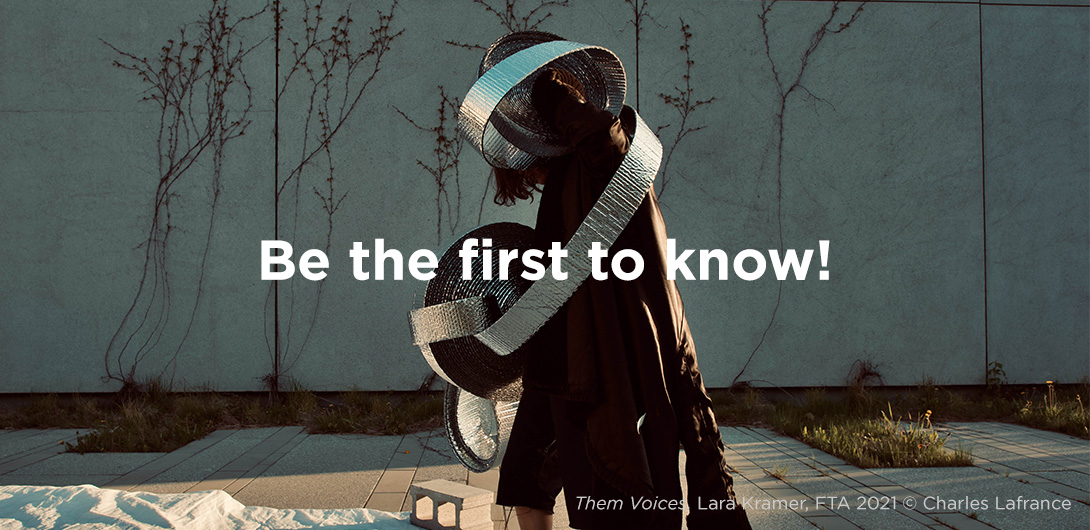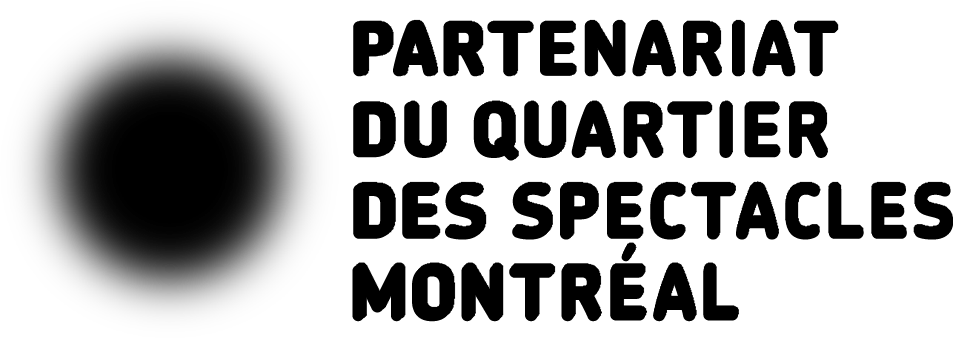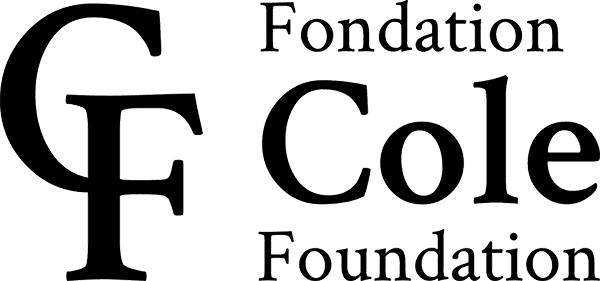All your works are inspired by the realities of Lebanon, and Told by my mother centres on your family history. What did that entail in terms of the challenges and benefits?
This show came from a need to not let people’s struggles and resistance disappear within the political mess that we live in. We are not numbers but people with memories, dreams, passion… It was also driven by the urgent need to save a soul, to transform the body of a fighter into a dancer. The performance is anchored in genuine stories, intimate and heartfelt stories of iconic mothers and their families, facing tragedies, but also victory as Leila succeeds in protecting her son from martyrdom and dances with him. It allows us to believe in the role that art can play in Lebanon and how it can affect the destiny of individuals. It changed Abbas’ destiny. He was going to become a martyr fighting in Syria, but now he’s been sharing the stage with his mother for three years.
We insist on the value of this victory and on celebrating love and life in this time of darkness and violence. At the same time, we insist on sharing the story of a family with a tragic fate. We want to keep alive the memories of people who left this world without getting the justice and the life that they deserved. Now more than ever, we feel the need to take the stage and dance our stories. And it’s very emotional to deal with personal materials.
It wasn’t easy to face the intense experiences that my family is trying to get over. It was as if we were re-opening the wounds. But dealing with unhealed wounds was very important for me because the tragedy is still going on. My aunt Fatmeh died before finding Hassan, but his sister is still looking for him. There are many mothers who are still looking for their missing sons or trying to save what remains. As a choreographer, I’m trying to save the story itself. I believe that individual stories can sum up a context and that choreography can rewrite forgotten stories and history itself.
What are the specific challenges of working with non-professional performers?
There are none. It’s always very delicate to do a dance piece with somebody, especially when it’s related to intimate matters. We’re always trying to adapt to the body, the way of moving, and the needs of the human being who’s on stage. And creating dance in Beirut requires always adapting to the situation, the space, events… The impossibility of long-term planning makes the creative process very exciting, full of surprises, more interesting than the original plan.
Women are a central figure in your work. Why are they so important to you?
I was raised in a family full of powerful women. Their fights, their struggle, their love, their ability to be fragile and powerful at the same time always impressed me. If women—daughters, mothers, wives, and sisters—hadn’t insisted on telling the stories of men, particularly religious figures, we wouldn’t know them. Basically, they are the real heroes. Most of my idols in resistance, art, and dance are women. Their strength is an incredible source of inspiration.
This work features distinctive choreography marked by the staging of bodies in the space and the effect of the gaze, time, and silence. What do these mean?
Many of my choreographies are based on the tension created by the positioning of bodies in the space. At the same time, some feelings and ideas can be delivered only through the eyes. In the love trilogy, particular emphasis is therefore placed on choreographing the gaze and the time spent staring at the other. Nothing is more honest than the time spent gazing into our lover’s eyes or feeling ashamed to look them in the eyes.
We also slow down time to highlight images and details that we don’t have the luxury to feel and see in the rhythm of our daily lives. Because we have a tendency to skip the poetry and power of looking at each other, touching each other, listening, and repeating what we have to say. Theatre is a space that reminds us about the importance of those details and allows us to feel more human and less like a cog in a machine.










